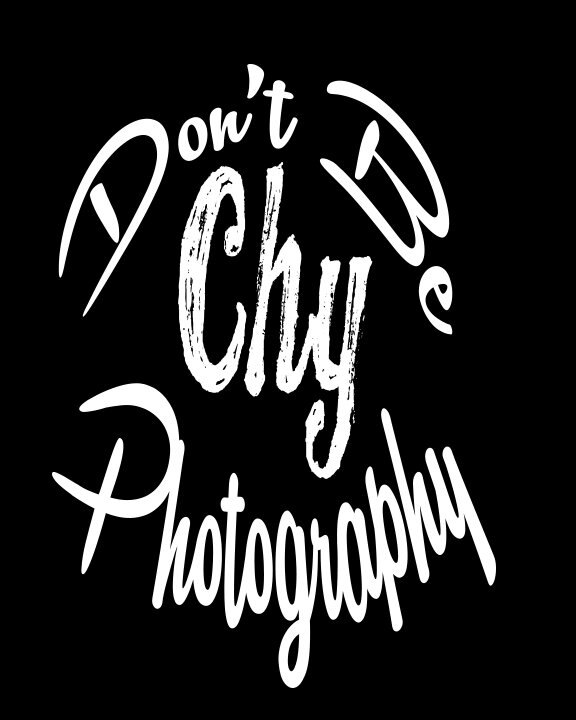Setting Your Photography Prices: Strategies for Pricing Your Services and Products
As a professional photographer, setting your prices can be a daunting task. You want to make sure that you're charging enough to cover your costs and make a profit, but you also don't want to scare away potential clients with prices that are too high. In this blog post, we'll explore some strategies for pricing your photography services and products that will help you find the sweet spot between profitability and affordability.
Know Your Costs
The first step in setting your prices is to understand your costs. This includes everything from the cost of your equipment and supplies to the time you spend on each shoot and editing your photos. Make a list of all your expenses, and then divide that by the number of shoots you expect to do in a year to get an idea of your average cost per shoot.
For example, if you spent $5,000 on equipment and supplies last year and did 50 shoots, your average cost per shoot would be $100. Once you know your costs, you can use that information to inform your pricing strategy.
Research the Competition
Before you set your prices, it's important to research your competition to see what they're charging. Look at photographers in your area who offer similar services and products, and try to get an idea of what their pricing structure looks like. This will give you a baseline for your own prices and help you determine whether you should charge more or less than your competitors.
Determine Your Value
One of the most important factors in setting your prices is determining your value proposition. What sets you apart from your competition, and why should clients choose you over someone else? Do you have a unique style or approach to photography, or do you offer additional services like photo retouching or printing that other photographers don't?
Once you've identified your value proposition, you can use that to justify your prices. If you offer a higher level of service or quality than your competition, it makes sense to charge more.
Consider Your Target Market
Your target market can also influence your pricing strategy. If you're targeting high-end clients who are willing to pay a premium for quality photography, you can charge more than if you're targeting budget-conscious clients who are looking for a good deal. Understanding your target market and their willingness to pay can help you set prices that are attractive to them while still allowing you to make a profit.
Offer Packages
Another strategy for pricing your photography services and products is to offer packages. This can include different levels of service or different types of products, such as digital files, prints, and albums. By offering packages, you can give clients more options and potentially increase your revenue by upselling them to higher-priced packages.
Don't Undervalue Your Work
One common mistake that many photographers make when setting their prices is undervaluing their work. It's important to remember that you're not just charging for the time you spend on a shoot, but also for your expertise, talent, and experience. Your clients are paying for more than just a set of photos – they're paying for your unique perspective and the value you bring to the table.
Test and Adjust
Finally, it's important to remember that setting your prices is not a one-time event. You should always be testing and adjusting your prices based on the feedback you receive from clients and your own experience. Don't be afraid to experiment with different pricing strategies and see what works best for you and your business.
In the end, setting your photography prices can be a challenge, but by following these strategies, you can find the right balance between profitability and affordability. By understanding your costs, researching your competition, determining your value proposition, considering your target market, offering packages, not undervaluing
